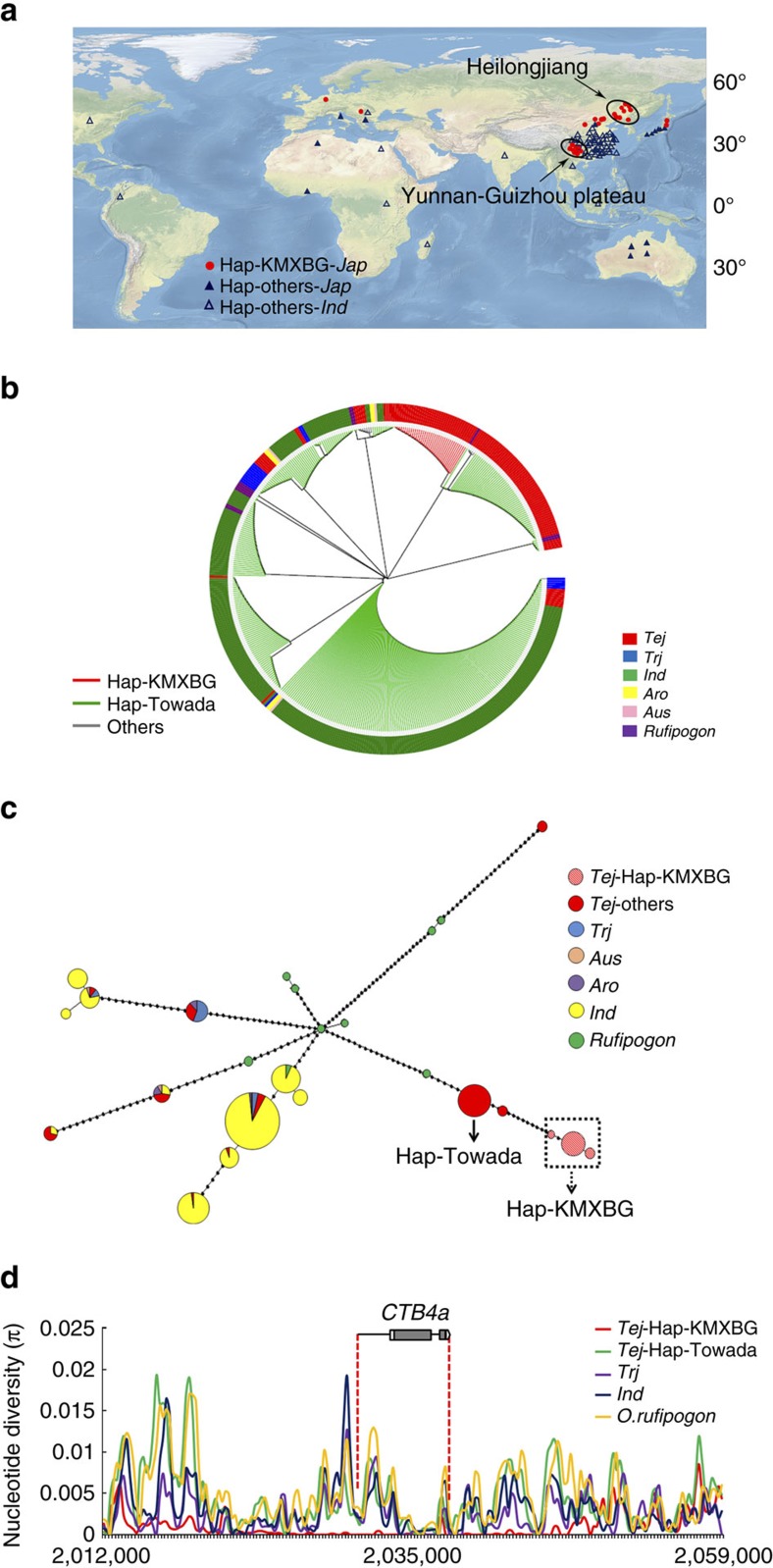Figure 4. The geographic and phylogenetic origins of CTB4a.
(a) Geographic distributions among 119 accessions. The japonica Hap-KMXBG members are indicated by red circles. Other japonica and indica accessions are indicated by solid blue or hollow triangles, respectively. (b) Phylogram of CTB4a generated from 459 diverse rice accessions including the Tej, Trj, Ind, Aro, Aus and O. rufipogon showing divergence between the Hap-KMXBG and Hap-Towada. (c) Haplotype network of CTB4a. Circle size is proportional to the number of samples for a given haplotype. Black spots represent unobserved, but inferred haplotypes. Lines between haplotypes represent mutational steps between alleles. The black square with dotted arrow encloses rice lines with the CTB4a Hap-KMXBG type SNPs and the solid arrow indicates the CTB4a SNPs of Hap-Towada type. (d) Nucleotide diversity of CTB4a in cultivar populations and the wild rice group. The X-axis denotes the position of CTB4a and the Y-axis indicates average π values.

